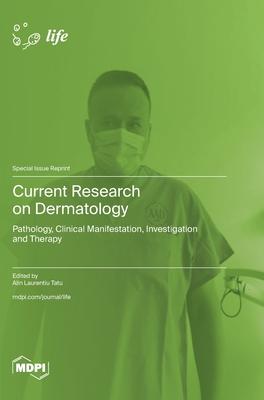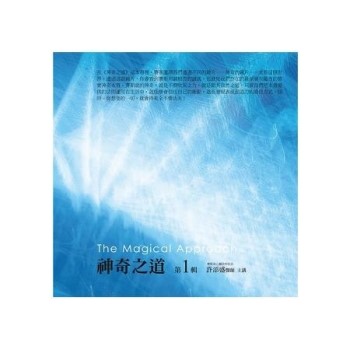This Special Issue of Life, collected and presented data on state-of-the-art innovations in this field. The study by Slowińska et al. focused on the clinical, dermoscopic and histological characteristics of patients with melanoma. Kolahdooz et al. investigated how niosomal curcumin suppresses the IL17-IL23 immunopathogenic axis in the skin lesions of patients with psoriasis. Giuglea et al. analyzed the properties of basal cell carcinoma. Mihulecea et al. concentrated their research on the many roles of dermoscopy in melanoma detection. Fulga et al. studied pharyngeal-esophageal malignancies in patients with dermatologic paraneoplastic syndrome. The original article by Kluger evaluated annular erythemas and purpuras in dermatology. Mihulecea et al. demonstrated and assessed the key factors in melanomagenesis. Nicolescu explored and inspected the psoriasis management challenges regarding difficult-to-treat areas in relation to therapeutic decision and effectiveness. Focused on atopic dermatitis, Marinovic Kulisic discussed the immunohistochemical analysis of an adhesion molecule, E-selectin. The review of Bhargava et al. summarized the main potential mechanisms involved in erosive pustular dermatosis. Chilom et al. concentrated their study on primary cutaneous B-cell lymphoma co-existing with mycosis fungoides. Foti et al. reported on the treatment of severe atopic dermatitis with dupilumab in three patients with renal diseases. Finally, Sârbu et al. carried out research on hereditary hemorrhagic telangiectasia-associated neuropsychiatric manifestations.












